20+ Sample Software Test Plans
-
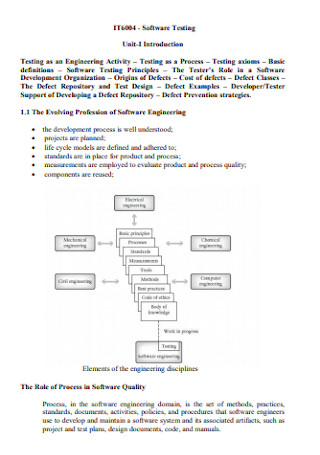
Software Testing Plan Example
download now -
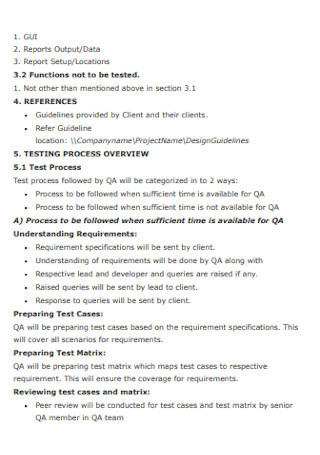
Sample Software Project Test Plan
download now -
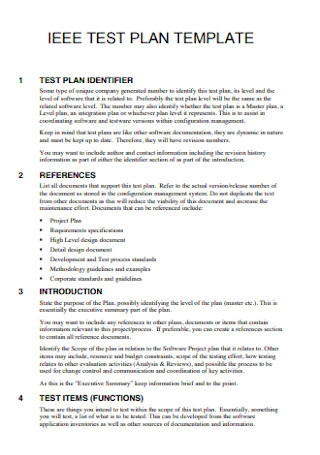
Software Test Plan Outline
download now -
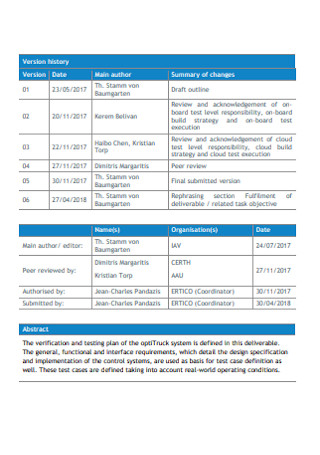
Software Testing and Verification Plan
download now -
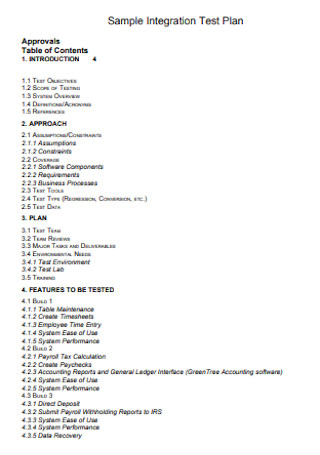
Sample Software Integration Test Plan
download now -
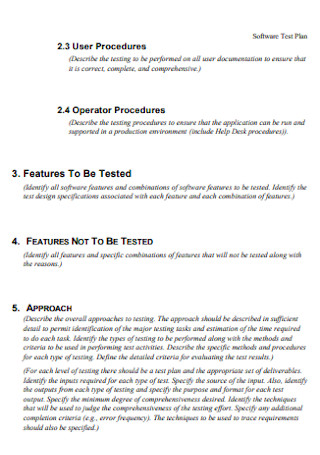
Simple Software Test Plan
download now -
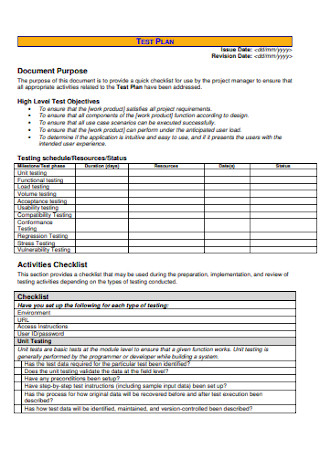
Software Test Plan Checklist
download now -
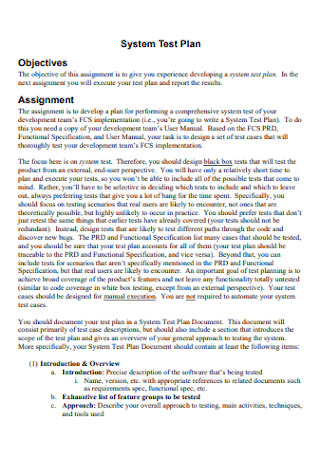
Software System Test Plan
download now -

Final Software Test Plan
download now -
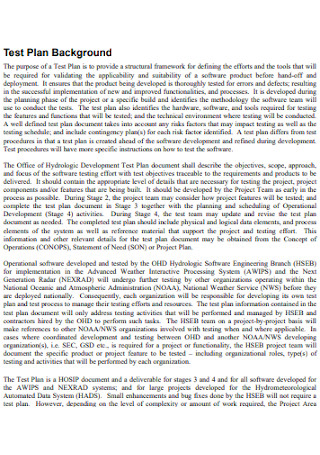
Software Engineering Test Plan
download now -
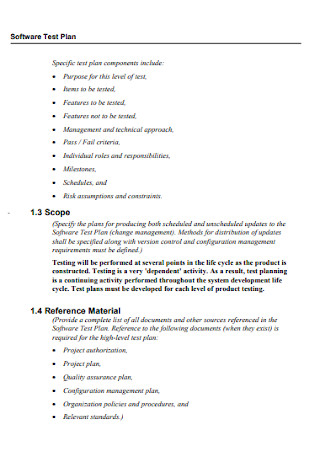
Sample Software Test Plan
download now -
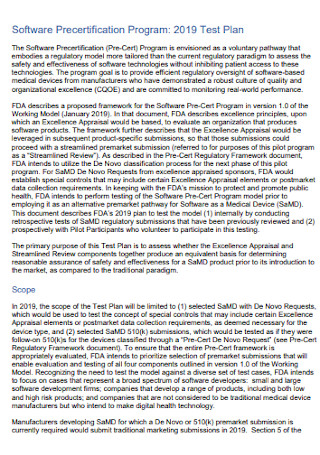
Basic Software Test Plan
download now -
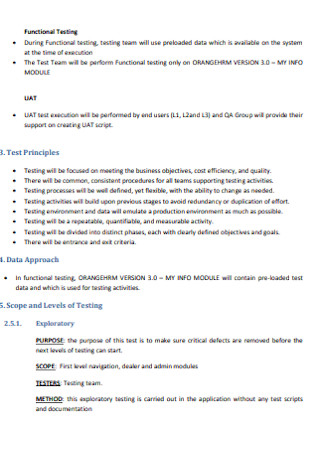
Software Training Test Plan
download now -
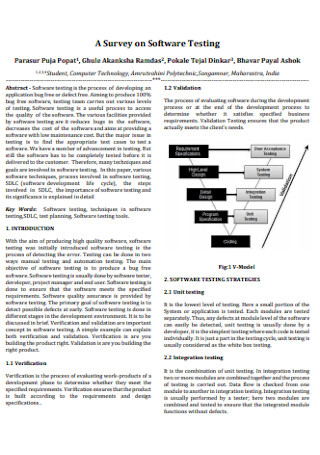
Survey on Software Testing Plan
download now -
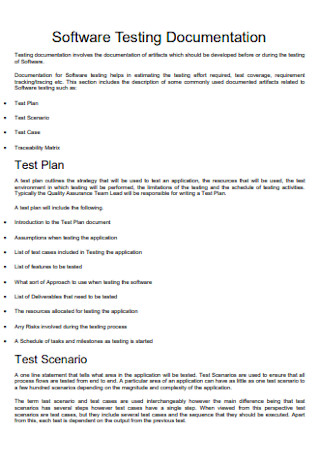
Software Testing Documentation Plan
download now -

Formal Software Testing Plan
download now -

Software Testing Algorithm Units Plan
download now -
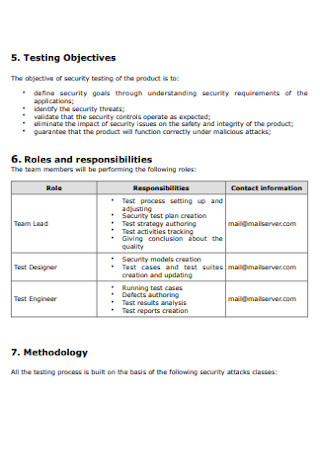
Software Security Test Plan Template
download now -
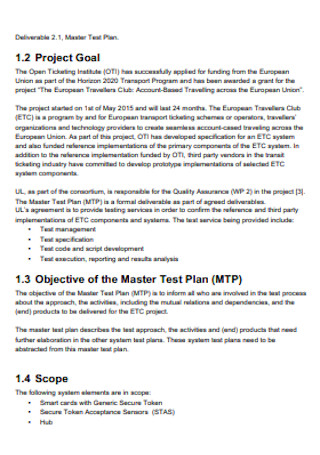
Software Master Test Plan
download now -

Software Engineering Testing Plan
download now -
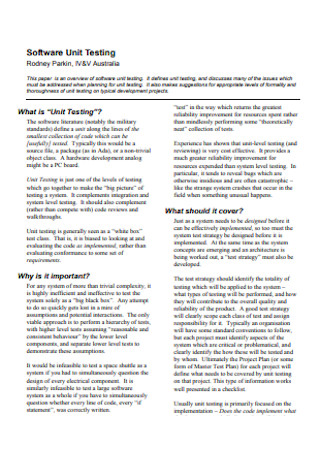
Software Unit Testing Plan
download now
What is a Software Test Plan?
In a test plan document lies the specifics of the blueprint of a software—or as they like to say it—the who, what, why, when, and how. This serves as a guide for teams to be able to orderly range their outlooks and expectations for a project, as well as the step by step process of the execution of it. The software test plan is the first stage in attempting to create software, since it is a crucial part in the quality assurance of the product itself. It must always be in correspondence with any refurbishment the team may decide on, primarily because a test plan is not only a guide, but a record as well. The software test plan is technically the skeleton of the envisioned project.
Test Plan Tools
Test plan tools are important in developing software with the use of the test document in order to be guided. This is part in gauging your risk management, and generally ensuring the quality of the test drive through an experimental execution. Test management is significant in making sure that each cycle of the project is maintained throughout the test, enabling test assets to be traceable, and managing defects within. After creating your test plan document, you need to run it through test plan tools to solidify its efficiency, thus, herewith is a list of some of the most effective test management tools you could use to run your plan through.
How To Develop Test Strategy
Test strategy is your approach to developing your project through rational deduction in order to adhere to the goals you have set for your software. Being a crucial part in the process of software test planning, the test strategy is accomplished by the Test Manager. It is a high-level document that gauges opportunity costs, as well as needed efforts, hence the steps of developing it is extremely precise, since this is where you set parameters and calculate the needed logistics in order to have a smooth running test. Here are the 4 steps in developing a test strategy.
Step 1: Identify The Scope
The nature of the aforementioned test plan which specifically revolves around software is already a scope in and of itself. In identifying the scope, you need to identify the specific parts of the system that you will be focusing on in order to have an accurate target of the test plan’s subject. Defining the parts that are not included is also helpful, since it enables you to better weed out the unnecessary aspects that may be intertwined with the needed specifics. This step allows the team to have a clear understanding of the project you are working on, and have a unified view of which problems need to have immediate solutions for. Identifying the scope also includes determining the budget, picking the needed set of skills and niche for the execution, and the product specification.
Step 2: Determine Testing Type
The testing type is important to determine in order to know what type of test plan tool should be used in the test execution. A list of test plan tools was tackled in the earlier parts of this article, and each of them has specific roles in terms of expertise and suitability. This is used to identify deficiencies before officially releasing a certain type of software. Examples of testing types are system tests, used to conduct tests through total integration to the system in order to see the software’s dynamics with certain operators, unit tests, used to test the most simplified kinds of software that is verifiable in the system, and API tests (Application Programming Interface), used to perform tests through having two applications communicate with each other.
This is where you get to match the results of Step 1 to their corresponding pragmatics. After pointing out the specifics of the kind of software you are working on, you are better able to identify the kind of test type needed for it. After determining the budget of your test, you are better able to scout for testing tools that are with respect to your set budget.
Step 3: Document Deficiencies
Risks are inevitable in any task conceivable. It is highly strategic for you to include contingency measures in your test plan to anticipate future deficiencies and come prepared. These risks are to be documented in your test plan, as well as their proposed solutions. This enables you to save more time in the long run, since formulating segues in the middle of everything could really be time consuming, as well as have a fallback should anything unsatisfactory happen to your software.
Step 4: Create Test Logistics
Test Logistics specifically answers the ‘who’ and ‘when’ of the project. The conductor of the test and the time of execution are important factors in launching the test, hence should be an integral part in formulating the strategy. The conductor chosen should be one with a keen eye for the product being developed, and expertise on the different aspects of the software, including the contingency measures as mentioned above. Moreover, the conductor should be customer-oriented since the success of your software not only relies on its technicality, but its audience appeal as well. These are things that should be taken into consideration while deciding for a conductor or a set of conductors. Determining the perfect time to conduct the test is also crucial, and should strategically be planned out and set when everything is only a few steps shy from perfect. Establishing a good test environment, finishing all the required documents, and having been able to pick the perfect conductors should be a good gauge as to when the test commences.
FAQ
Can the software test stand without the test plan?
It barely can. The test plan serves as the backbone of the whole project and establishes its frame. It also lets you keep track of attempted changes and updates. Efficiency is compromised when the test plan is neglected, as the run-through could possibly be messy because of the lack of systematic instructions, as well as records of previously made decisions regarding the project.
How long does software development take?
It highly depends on the kind of software that you are working on. Some take 2-3 weeks, and some take several years. Either way, it is far better to have a test plan since it is dynamic and directly reflects the progress and even the regress of your project. Its guidance makes the development easier, and relatively faster.
Should I opt to cheaper software test tools?
The set budget should guide you enough about the lines you draw. However, it completely depends on the size of your project as well because some cheaper ones may be incompatible, hence compromising the quality and accuracy. Gauging your project should be a task done before looking for test tools in order for you to be able to align the necessities. Nonetheless, there are good affordable testing software such as Kualitee.
Software test plans are an all-in-one package, being the framework, record, and investment of those creating a project. It is essential in safeguarding your software in its efficiency and success through the many components that make up the test plan including the test strategy. This allows teams to have a bird’s eye view of the whole process and anticipate many things that could possibly hinder the project such as unprecedented risks, which are responded to through the contingency measures present in the strategy, as well as a set of quality test tools best used for quality assurance. The skeleton is just as important as the code itself.
